Home>Gardening & Outdoor>Landscaping Ideas>What Helps Grass Grow Fast
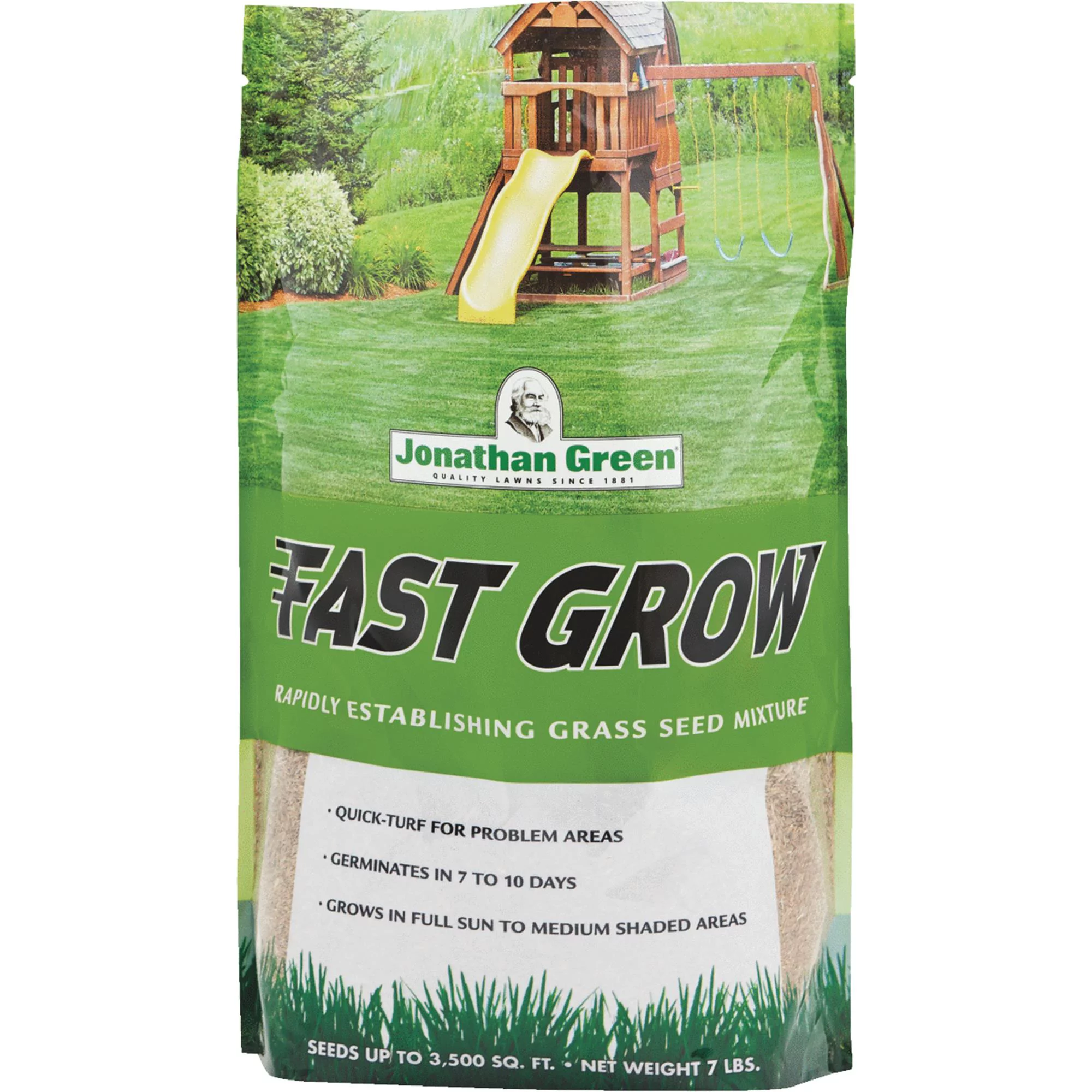

Landscaping Ideas
What Helps Grass Grow Fast
Modified: January 30, 2024
Discover expert landscaping ideas to help your grass grow fast and lush. From proper watering techniques to soil maintenance, get the tips you need for a vibrant lawn.
(Many of the links in this article redirect to a specific reviewed product. Your purchase of these products through affiliate links helps to generate commission for Storables.com, at no extra cost. Learn more)
Introduction
Welcome to the world of lush lawns and vibrant landscapes! If you’ve ever marveled at a neighbor’s impeccably manicured lawn and wondered how to achieve the same, you’re in the right place. A key factor in cultivating a verdant and thriving lawn is understanding what helps grass grow fast. Whether you’re a seasoned gardener or a novice enthusiast, this comprehensive guide will equip you with the knowledge and insights needed to foster rapid and healthy grass growth. By delving into the fundamental principles of grass growth and exploring the various factors that influence its speed, we’ll uncover practical tips and techniques for nurturing a resilient and vibrant lawn. So, let’s embark on this green-fingered journey and unlock the secrets to cultivating a luxuriant and fast-growing carpet of grass.
Key Takeaways:
- Grass growth is influenced by factors like soil quality, nutrient availability, watering, sunlight, and aeration. By understanding and optimizing these factors, you can create an environment that fosters rapid and healthy grass growth.
- To promote fast grass growth, choose the right grass species, implement a strategic fertilization schedule, practice deep watering, mow at the optimal height, overseed sparse areas, and monitor soil pH. Tailoring these practices to your grass species and local environment can transform your lawn into a vibrant and resilient oasis of greenery.
Read more: What Helps St. Augustine Grass Grow
Understanding the Basics of Grass Growth
Grass growth is a fascinating and intricate process that unfolds in several stages, each crucial to the overall health and vitality of the lawn. At the heart of this botanical marvel lies the humble grass seed, the embryonic form of the verdant carpet we aim to cultivate. Upon germination, the seed sprouts a delicate root, anchoring itself in the soil and absorbing essential nutrients and moisture. As the root system develops, slender shoots emerge from the earth, heralding the arrival of the grass blades.
These nascent blades undergo a remarkable journey of photosynthesis, harnessing sunlight to synthesize sugars and starches, which fuel the plant’s growth and development. Simultaneously, the root system continues to expand, delving deeper into the soil to secure stability and access vital resources. As the grass matures, it enters a phase of vigorous growth, characterized by the rapid elongation of its blades and the proliferation of new shoots. This phase is a pivotal stage in achieving fast grass growth, as it lays the foundation for a dense and resilient lawn.
Understanding the role of nutrients in grass growth is paramount. Nitrogen, phosphorus, and potassium are primary macronutrients essential for robust grass development. Nitrogen promotes vibrant green foliage and stimulates leaf and stem growth, while phosphorus aids in root establishment and overall plant vigor. Potassium contributes to disease resistance and enhances the plant’s ability to withstand environmental stressors. Additionally, micronutrients such as iron, magnesium, and calcium play vital roles in supporting various physiological processes within the grass, ensuring optimal growth and resilience.
Furthermore, grasping the significance of environmental factors, such as sunlight, water, and air, is pivotal in comprehending grass growth. Sunlight serves as the primary energy source for photosynthesis, driving the production of carbohydrates essential for plant growth. Adequate water supply is crucial for sustaining turgidity and facilitating nutrient uptake, while oxygen in the soil is imperative for root respiration and overall metabolic functions.
By unraveling the intricacies of grass growth and recognizing the pivotal role played by nutrients and environmental factors, we can gain a deeper appreciation for the mechanisms driving rapid and healthy grass development.
Factors That Contribute to Fast Grass Growth
Several key factors converge to influence the speed and vigor of grass growth, shaping the overall health and appearance of the lawn. Understanding these contributing elements is essential for orchestrating optimal conditions that foster rapid and robust grass development.
- Soil Quality: The foundation of fast grass growth lies in the soil. A well-aerated, nutrient-rich soil provides an ideal environment for the proliferation of healthy grass. Optimal soil pH, typically in the slightly acidic range, facilitates nutrient uptake and supports robust root development, laying the groundwork for accelerated grass growth.
- Nutrient Availability: Essential nutrients, including nitrogen, phosphorus, and potassium, are pivotal in promoting fast grass growth. A balanced and targeted fertilization regimen tailored to the specific needs of the grass species and the prevailing soil conditions can bolster nutrient availability, fueling vigorous and rapid grass development.
- Watering Practices: Adequate and consistent watering is paramount for sustaining fast grass growth. Deep, infrequent watering sessions encourage deep root growth and enhance drought tolerance, fostering resilient and rapidly growing grass. Conversely, overwatering can lead to shallow root systems and hinder the pace of grass development.
- Sunlight Exposure: Sunlight is the lifeblood of photosynthesis, the process through which grass synthesizes energy-rich compounds essential for growth. Ensuring that the lawn receives ample sunlight is crucial for stimulating rapid grass growth and cultivating a lush and vibrant turf.
- Aeration and De-thatching: Over time, the soil beneath the grass can become compacted, impeding the circulation of air, water, and nutrients. Aeration, the process of perforating the soil with small holes, and de-thatching, the removal of organic debris from the lawn, can invigorate the grass and promote accelerated growth by fostering improved soil structure and nutrient uptake.
By recognizing and optimizing these contributing factors, we can create an environment conducive to fast grass growth, nurturing a verdant and resilient lawn that serves as a testament to the power of strategic lawn care practices.
To help grass grow fast, make sure to water it deeply and infrequently, mow it at the right height (about 3 inches), and fertilize it with a balanced fertilizer in the spring and fall.
Tips for Promoting Fast Grass Growth
Embarking on a journey to cultivate fast grass growth entails a blend of strategic practices, attentive care, and a deep understanding of the unique needs of the grass species. By incorporating the following tips into your lawn care regimen, you can foster an environment that propels the rapid and robust development of your grass, culminating in a verdant and thriving expanse of greenery.
- Choose the Right Grass Species: Selecting a grass species that thrives in your specific climate and soil conditions is paramount. By choosing a species well-suited to the local environment, you lay the groundwork for accelerated and sustained grass growth.
- Implement a Strategic Fertilization Schedule: Tailoring a fertilization schedule to the unique needs of your grass species and the prevailing soil conditions can significantly enhance nutrient availability, promoting rapid and healthy grass growth. Utilize high-quality, slow-release fertilizers to provide a steady supply of essential nutrients over an extended period, fueling sustained and vigorous grass development.
- Practice Deep and Infrequent Watering: Encourage deep root growth and drought tolerance by adopting a watering regimen characterized by deep, infrequent watering sessions. This approach fosters resilient and rapidly growing grass while minimizing the risk of shallow root systems associated with frequent, shallow watering.
- Mow at the Optimal Height: Maintaining the grass at the appropriate height through regular mowing promotes vigorous growth and resilience. Avoid cutting more than one-third of the grass blade length in a single mowing session, as excessively short grass can struggle to harness sunlight for photosynthesis, impeding rapid growth.
- Overseed Sparse Areas: Over time, patches of sparse grass may emerge within the lawn. Overseeding these areas with high-quality grass seed promotes denser and faster grass growth, revitalizing the overall appearance of the lawn.
- Monitor and Adjust Soil pH: Regularly testing and adjusting the soil pH to the optimal range for grass growth fosters efficient nutrient uptake and robust development. Lime applications can raise the pH of acidic soils, while elemental sulfur can lower the pH of alkaline soils, creating an environment conducive to fast grass growth.
By integrating these tips into your lawn care routine and tailoring them to the specific needs of your grass species and local environment, you can cultivate an environment that nurtures rapid, healthy, and sustained grass growth, transforming your lawn into a vibrant and resilient oasis of greenery.
Conclusion
As we conclude our exploration of what helps grass grow fast, we emerge equipped with a profound understanding of the intricate mechanisms and influential factors that underpin rapid and robust grass growth. From the foundational stages of germination and root development to the pivotal role played by nutrients, environmental factors, and strategic lawn care practices, we have delved into the tapestry of elements that collectively orchestrate the flourishing of a verdant and resilient lawn.
By recognizing the significance of soil quality, nutrient availability, watering practices, sunlight exposure, and aeration in shaping the pace of grass growth, we have uncovered a spectrum of opportunities to optimize these factors, propelling our grass toward accelerated and sustained development. Leveraging strategic fertilization schedules, deep and infrequent watering regimens, and attentive mowing practices, we can cultivate an environment that fosters rapid and robust grass growth, transforming our lawns into vibrant and thriving canvases of greenery.
Armed with the insights and tips gleaned from our exploration, we are poised to embark on a green-fingered journey, infusing our lawn care endeavors with a newfound sense of purpose and precision. By tailoring our practices to the unique needs of our grass species and local environment, we can nurture an environment that serves as a cradle for fast and healthy grass growth, yielding a testament to the power of attentive care and strategic lawn maintenance.
As we gaze upon the luxuriant expanse of greenery that unfolds before us, we witness the culmination of our efforts—a vibrant and resilient lawn that stands as a testament to the transformative potential inherent in understanding and nurturing the intricate processes of grass growth. So, let us tread forth with newfound knowledge and unwavering dedication, cultivating landscapes that teem with the vitality and beauty of fast-growing, thriving grass.
Frequently Asked Questions about What Helps Grass Grow Fast
Was this page helpful?
At Storables.com, we guarantee accurate and reliable information. Our content, validated by Expert Board Contributors, is crafted following stringent Editorial Policies. We're committed to providing you with well-researched, expert-backed insights for all your informational needs.

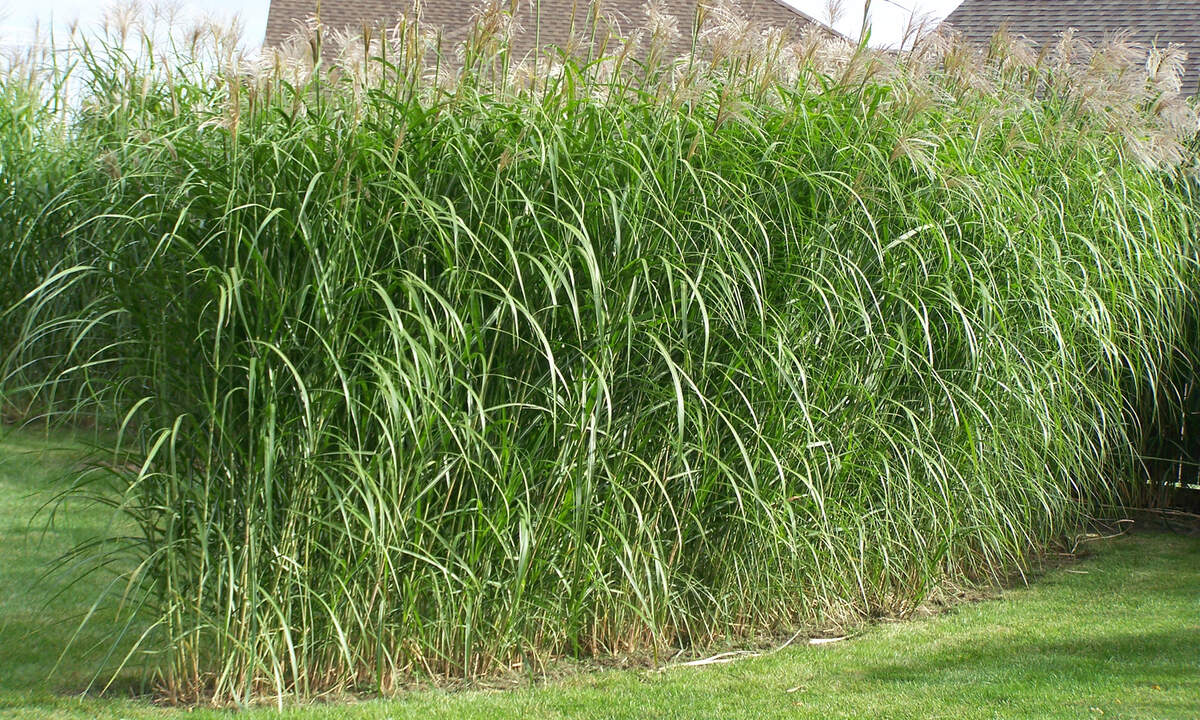
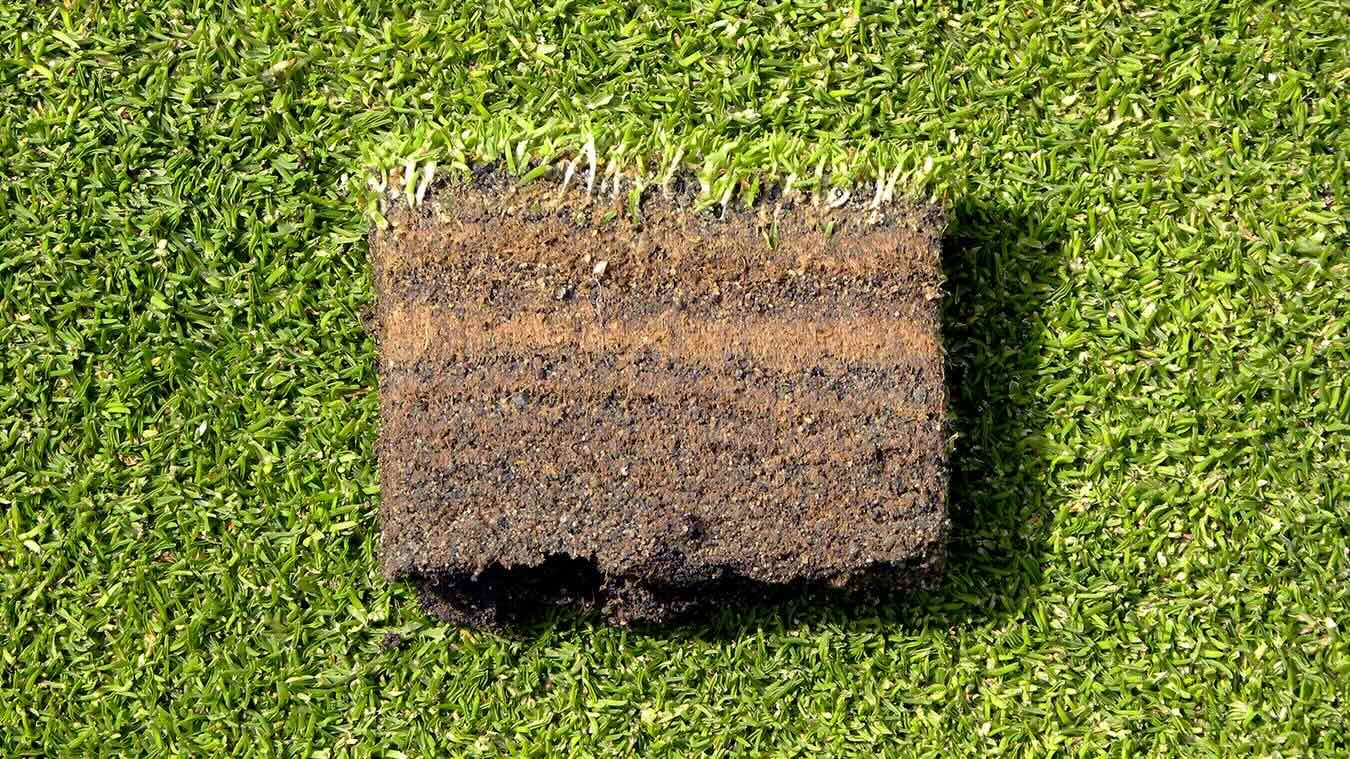

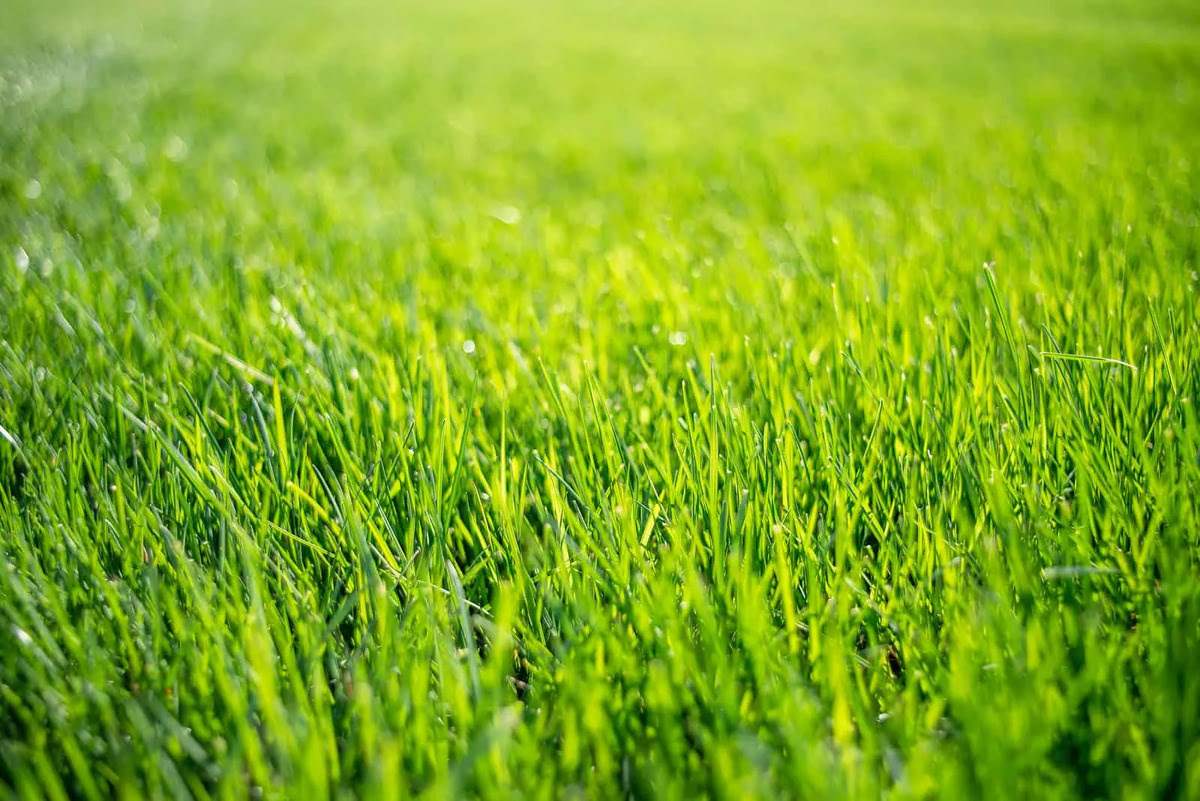
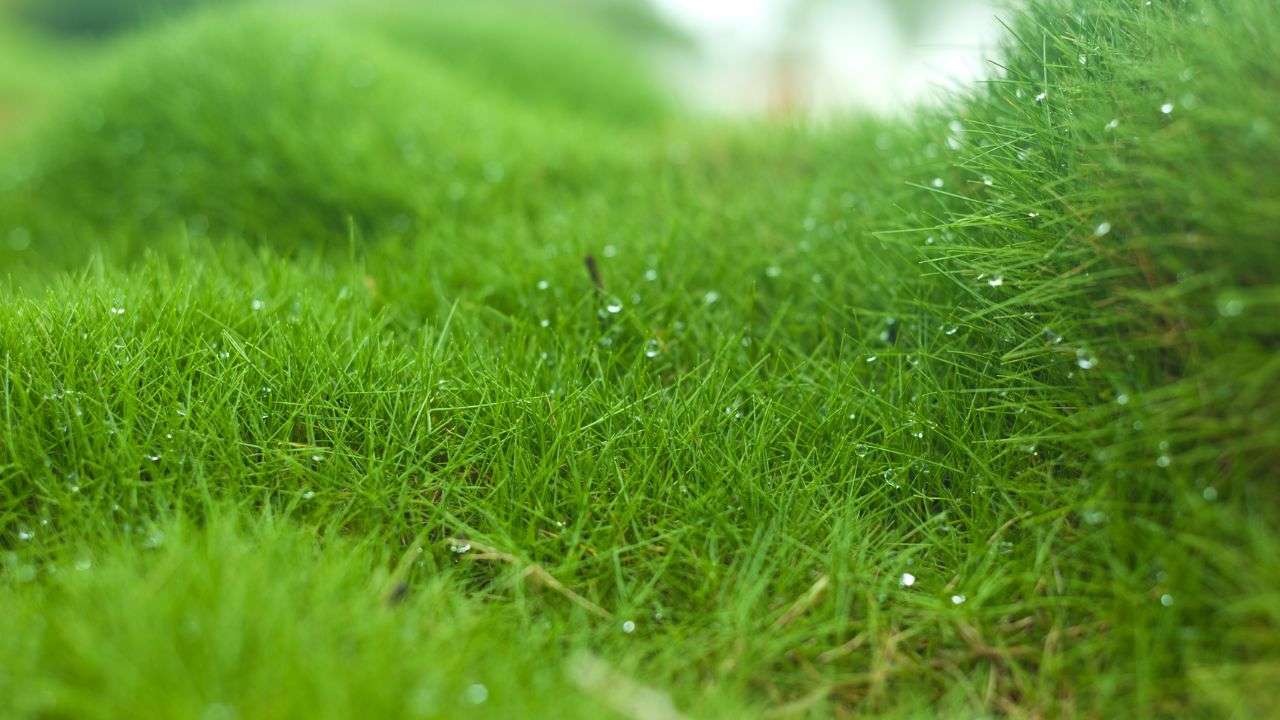
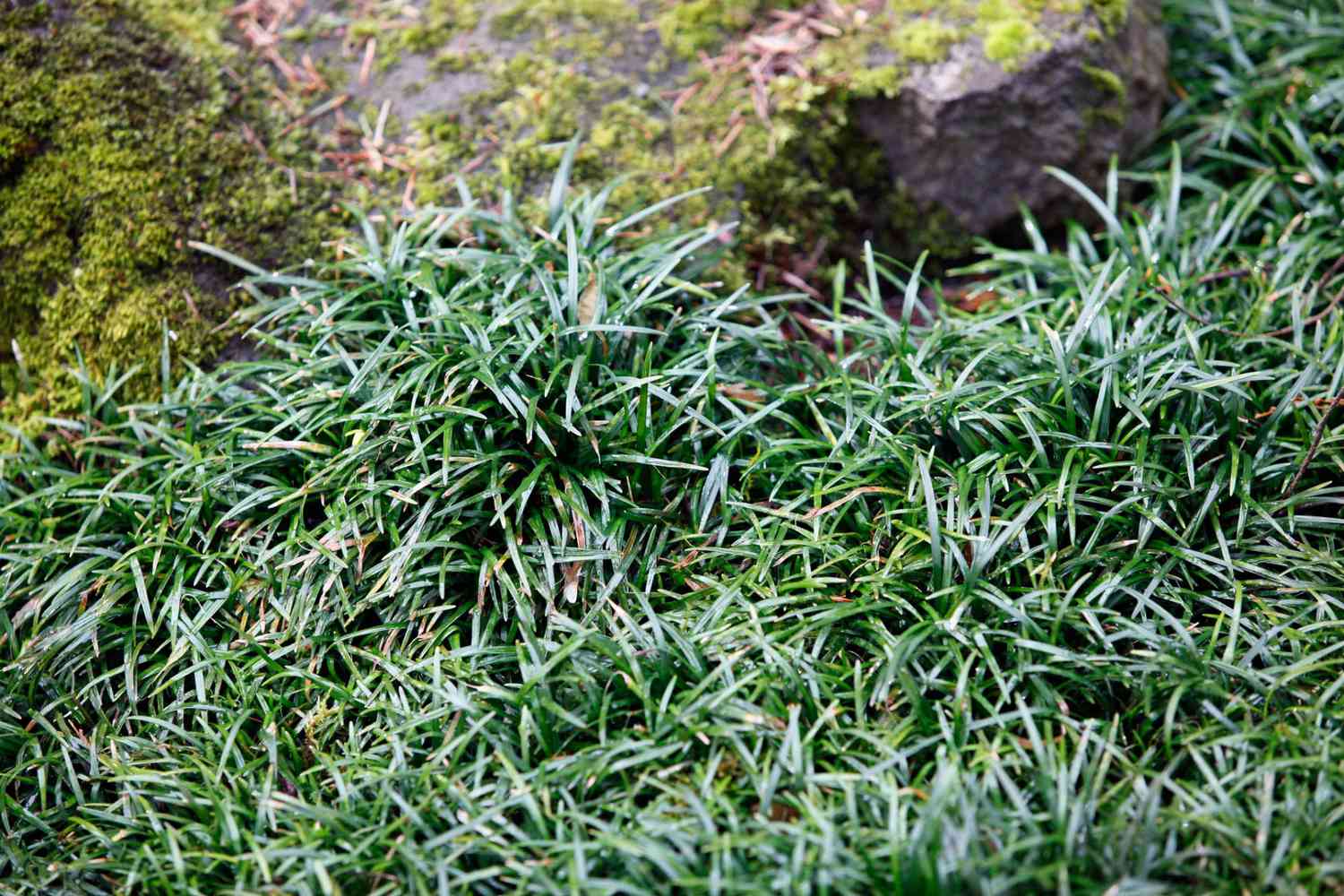




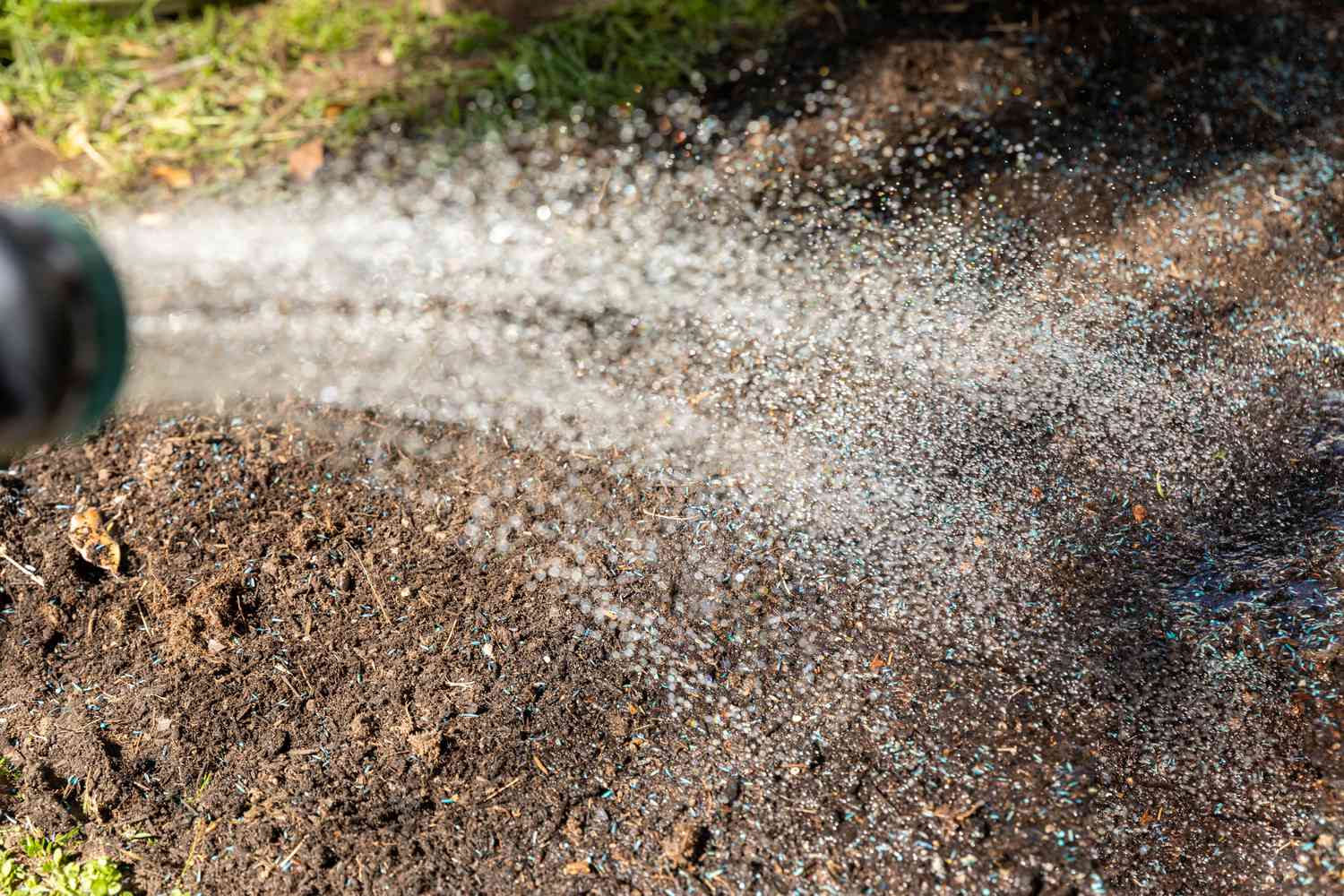

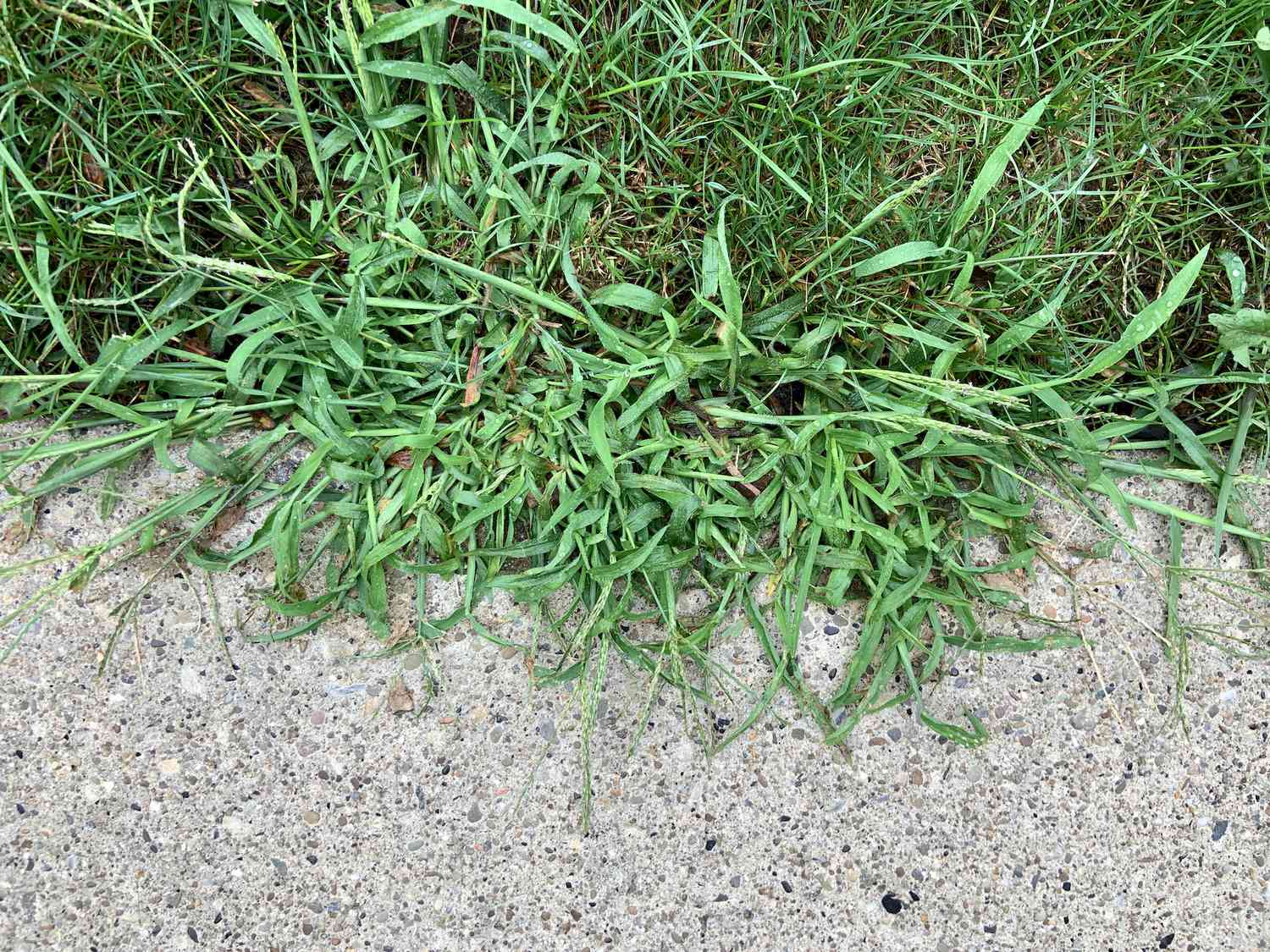
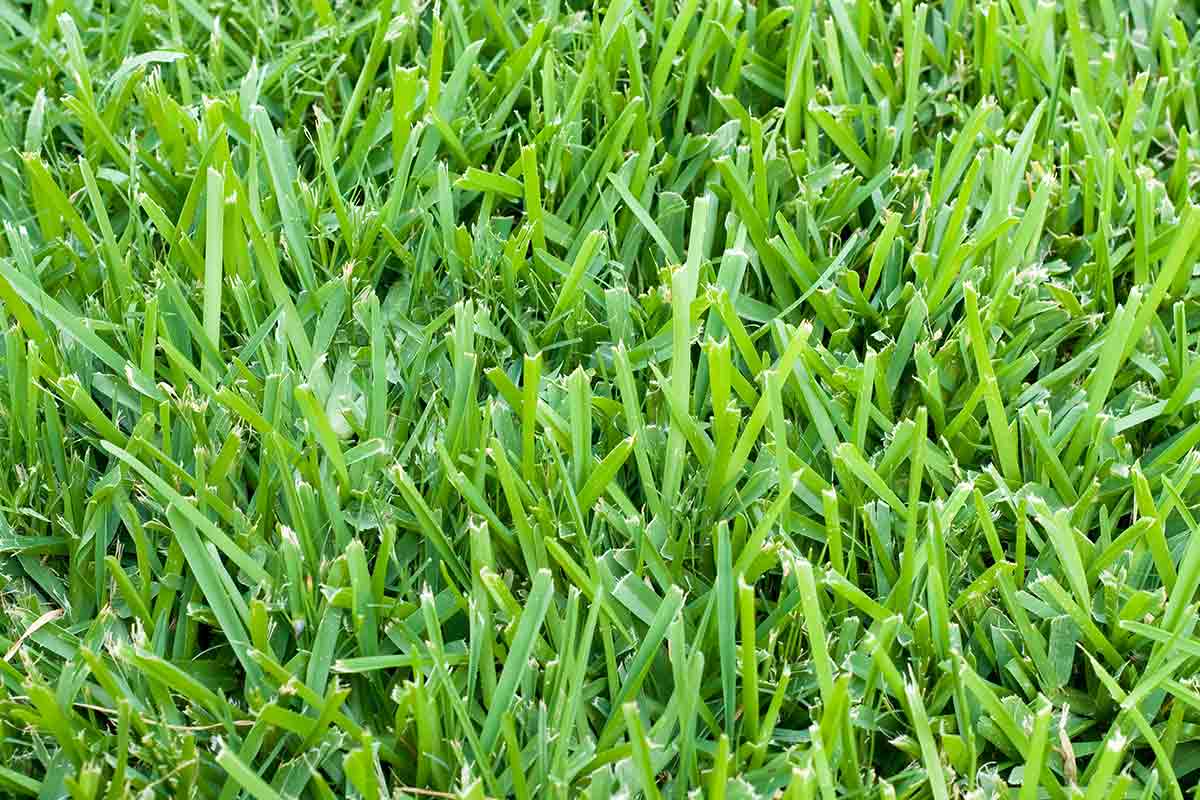

0 thoughts on “What Helps Grass Grow Fast”